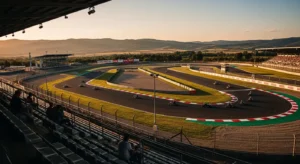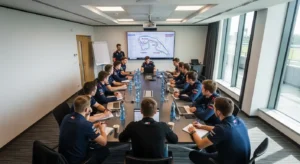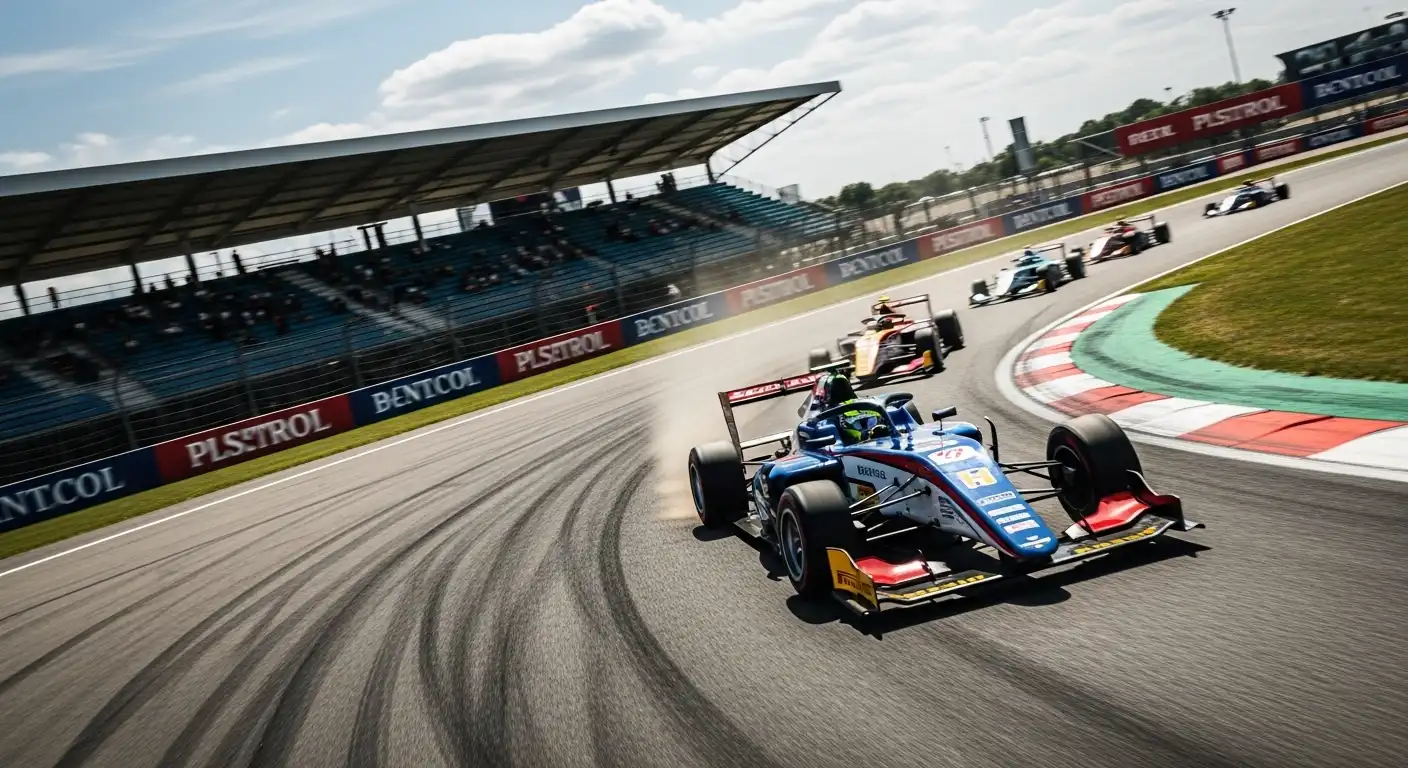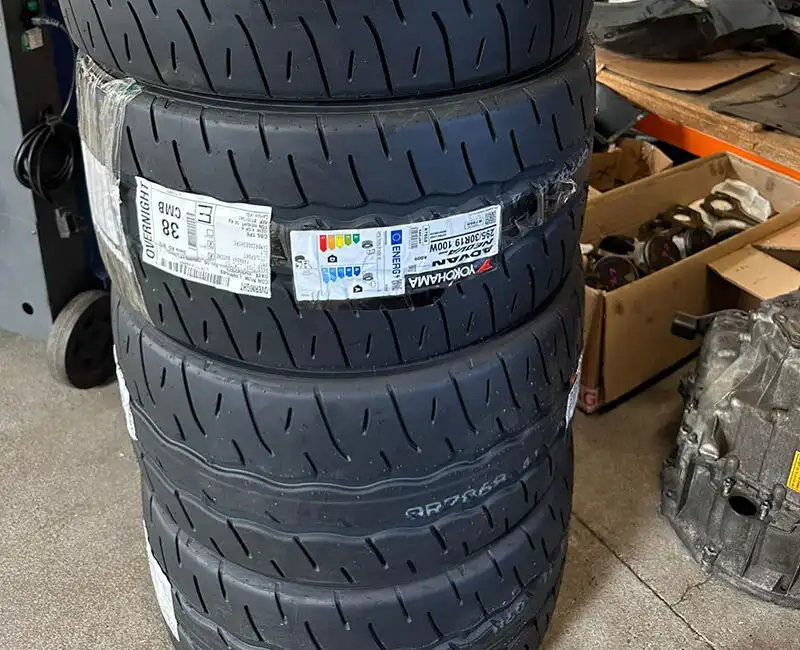The F1 Academy rookie test 2025 is set to become one of the most exciting entry points for young drivers aiming to reach the top tiers of motorsport. For the first time, the F1 Academy will host an official evaluation program in September 2025 at Circuito de Navarra, Spain. This two-day event will bring together up to 18 hand-picked talents from karting and junior single-seater racing, giving them a chance to prove themselves in professional machinery and in front of experienced engineers.
This article takes a deep look at what the rookie test means, how eligibility works, and what drivers can do to stand out. It also explores the broader significance for families, sponsors, and the global motorsport ladder.
What is the F1 Academy Rookie Test?
 The rookie test is designed to provide a structured pathway for young drivers — especially women — looking to make the step from senior karting or Formula 4 into professional-level single-seaters. Across two days, participants will be assessed not only on lap times but also on feedback quality, physical preparation, and overall professionalism.
The rookie test is designed to provide a structured pathway for young drivers — especially women — looking to make the step from senior karting or Formula 4 into professional-level single-seaters. Across two days, participants will be assessed not only on lap times but also on feedback quality, physical preparation, and overall professionalism.
Day one will focus on briefings, engineering integration, and fitness assessments. Day two is centered on track sessions, debriefs, and comparative data analysis. The objective is not only to measure speed but also to identify which drivers are capable of growth within a team environment.
Key Facts at a Glance
- Dates: September 2025
- Location: Circuito de Navarra, Spain
- Format: Two-day program including fitness, feedback, and on-track sessions
- Drivers: Up to 18 invitees aged roughly 15–21
- Goal: Talent identification for 2026 F1 Academy opportunities
Eligibility and Selection
Unlike an open test day, the F1 Academy rookie test is by invitation only. Organizers evaluate results from FIA F4 championships, senior karting series, and national talent programs. Clean racecraft, a history of consistent improvement, and positive references from teams or coaches all weigh heavily in the selection process.
Karting champions with recent results can also be considered, especially if they show strong technical understanding and adaptability. The rookie test is structured to spotlight genuine newcomers, so drivers already competing in F1 Academy races are not included.
How Drivers Can Stand Out
Performance at the rookie test is about more than outright lap time. Here are the main areas where participants can impress:
- Physical preparation: Arrive race-fit with strong stamina, neck strength, and heat tolerance. Spain in September can be demanding on the body.
- Consistent fundamentals: Smooth inputs, repeatable braking, and minimal errors weigh heavily in assessments.
- Engineer communication: Drivers should provide structured feedback (corner entry, mid-corner, exit), linking their impressions to what data reveals.
- Data awareness: Comparing laps against baselines and discussing improvements shows maturity beyond age.
- Professionalism: From punctuality to sponsor-friendly behavior, off-track presence is crucial.
Costs and Logistics
Even for invited drivers, families should budget for travel, accommodation, and coaching in preparation. It is common for young drivers to spend weeks on simulator practice to learn the Navarra circuit layout. Fitness camps and heat-acclimatization sessions are also recommended, as the Spanish climate can influence driver performance.
The Pathway: From Karting to F1 Academy
The rookie test is a bridge between grassroots motorsport and global single-seaters. Most participants have graduated from senior karting or national Formula 4 championships. Families earlier in the journey can still prepare by understanding the steps:
- Everything You Need to Know About Formula 1: A Beginner’s Guide
- The Ultimate Guide to Choosing the Right Race Car for Your Needs
- How to Improve Your Car’s Performance for Track Days
- Why Tires Are Critical to Your Performance on the Track
These resources give future rookies and families a clear view of the preparation required before stepping up to the academy level.
What Happens After the Test?
A strong performance can open doors to 2026 F1 Academy seats, testing roles, or wild-card entries. Even if a full seat is not immediately secured, drivers who impress may be monitored across winter training programs and simulator sessions. The rookie test is, therefore, as much about long-term observation as it is about short-term lap times.
Why It Matters for Motorsport
 The rookie test symbolizes F1 Academy’s commitment to widening the talent pool and encouraging participation from underrepresented groups. By giving young drivers structured feedback and international exposure, the academy reinforces motorsport’s pathway credibility.
The rookie test symbolizes F1 Academy’s commitment to widening the talent pool and encouraging participation from underrepresented groups. By giving young drivers structured feedback and international exposure, the academy reinforces motorsport’s pathway credibility.
FAQs
Is the rookie test open to anyone?
No, drivers are invited based on recent results and development potential.
Do you need Formula 4 experience?
Not strictly. Senior karting champions with data-backed performance may also be considered.
Does attending guarantee a race seat?
No, but a strong showing greatly increases chances of consideration for 2026 opportunities.
Conclusion
The F1 Academy rookie test 2025 is more than just an event — it is a critical stepping stone in the journey from grassroots motorsport to the global stage. For aspiring drivers, it is a chance to prove capability in a professional setting, while for fans, it represents the growth of a more inclusive and structured motorsport ladder. Whether you are a driver, family member, or fan, keeping an eye on Navarra in September 2025 could mean witnessing the emergence of the next generation of racing stars.



